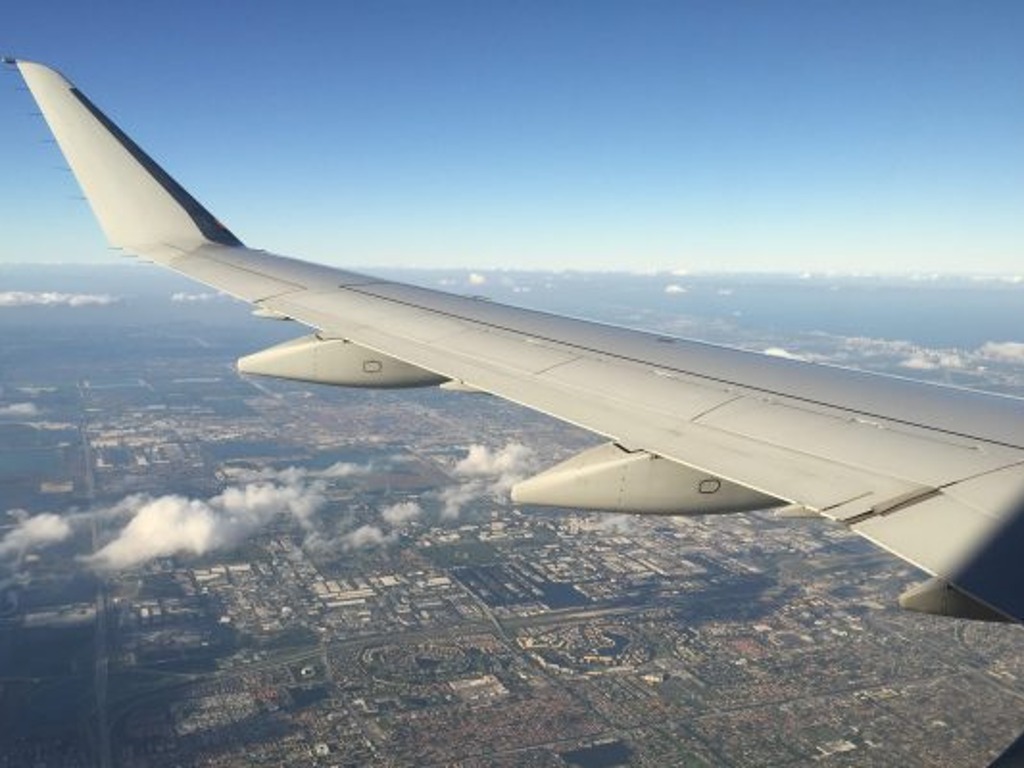Strong Traffic Growth Continues in May: IATA
The International Air Transport Association (IATA) reports global passenger traffic results for May show strong demand growth compared to May 2014 for both domestic and international traffic.
Total revenue passenger kilometers (RPKs) rose 6.9%, which was an improvement on the April year-over-year increase of 5.7%. May capacity (available seat kilometers or ASKs) increased by 6.5%, and load factor rose 0.3 percentage points to 79.3%.
“May results confirm that demand for connectivity remains robust, but there are possible storm clouds forming on the horizon. The financial crisis in Greece and recent weakness in regional trade activity in Asia-Pacific have the potential to dampen performance in these markets in the coming months,” said IATA director general Tony Tyler.
May international passenger demand rose 7.1% compared to May 2014, with airlines in all regions except Africa recording growth. Total capacity climbed 6.7%, pushing load factor up 0.3 percentage points to 78.4%.
North American airlines’ traffic rose 2% compared to May a year ago, which was an improvement on the April rise of 0.7%. Capacity climbed 4.2% and load factor fell 1.7 percentage points to 81.1%.
“As we enter the busy summer travel season in the northern hemisphere, many millions of people will rely on aviation to explore the world or re-connect with friends and family. The mobility that is taken for granted by these travellers is the result of the efforts of 2.5 million air transport professionals working in careful co-operation to ensure safe journeys,” added Tyler. “It will also be clear that in many cases the infrastructure is insufficient to meet demand. Delays and crowded airports should send strong signals to government leaders to address critical choke points, implement risk-based security and advance much needed air traffic management modernization in many parts of the world. NextGen in the US and the Single European Sky are the best known programs which need political will to move forward. And in China, despite best efforts to minimize delays there is still much more work to be done.”



